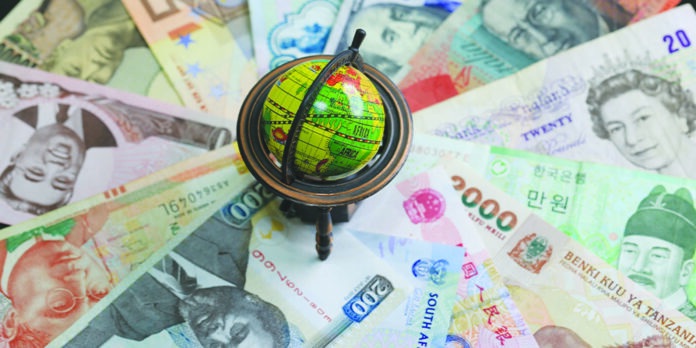Easing oil prices, and overall inflation numbers globally– including in Pakistan– on one hand present greater potential for rise in growth globally, yet the fast-unfolding climate change crisis, and rising geo-political tensions in the Middle East can easily change the building optimism about a global economic recovery.
For instance, the World Bank Group’s October 2024 ‘Commodity Markets Outlook’ remains optimistic for continuation of fall in oil prices, whereby it points out ‘The energy price index is projected to fall by 6 percent in 2024 (y/y), followed by further declines of 6 percent in 2025 and 2 percent in 2026. The forecast assumes that there is no prolonged additional escalation of ongoing armed conflicts, global economic growth remains stable, and oil supply from non-OPEC+ producers steadily expands.’ Having said that, this optimistic scenario could quickly turn on its head if the conflict situation in the Middle East escalates further. Oil supply disruptions could start stagflationary consequences globally, and with higher import payments that could mean difficult balance of payments, and debt sustainability issues for net oil importers like Pakistan.
The ‘World Economic Outlook: policy pivot, rising threats’ (WEO) released last month by International Monetary Fund (IMF) indicated that while growth globally remains as per projected, yet when seen over the medium term, it is still less than the pre-pandemic average; while growth recovery remains more challenging for developing countries. The Report points out in this regard ‘Global growth is expected to remain stable yet underwhelming. At3.2 percent in 2024 and 2025, the growth projection is virtually unchanged from those in both the July 2024 World Economic Outlook Update and the April 2024 World Economic Outlook. …The latest forecast for global growth five years from now – at 3.1 percent – remains mediocre compared with the prepandemic average. Persistent structural headwinds – such as population aging and weak productivity – are holding back potential growth in many economies. …The negative supply shocks to the global economy since 2020 have had lasting effects on output and inflation, with varied impacts across individual countries and country groups. The sharpest contrasts are between advanced and developing economies. Whereas the former have caught up with activity and inflation projected before the pandemic, the latter are showing more permanent scars…’
With regard to Pakistan, while the Report expects the general government overall balance to remain negative for current, and last fiscal year at 6 percent, and 6.7 percent respectively, it projects a rather sharp decline in this regard, whereby for the next four years, budget deficit on average stood at 3.5 percent! The highly apparent reason comes in the shape of the country – currently under IMF programme – being asked to produce primary surplus.
With regard to Pakistan, the WEO report projected real GDP growth at 3.2 percent for 2024-25; in turn, showing a small increase from growth projected for 2023-24 at 2.4 percent. This indicates that it took very strong curtailment of aggregate demand through the country adopting acute monetary- and fiscal austerity policies, has only allowed a rather weak increase projected real GDP numbers for the current fiscal year. Hence, for Pakistan as well economic outlook remains very complicated given inflation has strong aggregate supply determination, and therefore, any significant increase in oil prices, in case conflict situation worsens in the region – something that is quite likely – could lead to stagflationary consequences. It is in this regard, that the projection for CPI inflation for the current fiscal year by the IMF in the Report at 9.5 percent, reflects a lot more optimism than the writer of this article, given the serious possibility of the level of conflict rising in the Middle East.
In addition to geo-political conflict keeping the global economic outlook complicated, another source of concern for economic growth recovery after the pandemic, comes in the shape of issue of overall high level of public debt. Another report released in October by the IMF, titled ‘Fiscal monitor: putting a lid on public debt’ pointed out in this regard ‘Global public debt is very high. It is expected to exceed $100 trillion (93 percent of global GDP) in 2024 and to keep rising through the end of the decade (approaching 100 percent of GDP by 2030). Although debt is projected to stabilize or decline in about two thirds of countries, it will remain well above levels foreseen before the pandemic. Countries where debt is not projected to stabilize account for more than half of global debt and about two-thirds of global GDP.’
With regard to Pakistan, while the Report expects the general government overall balance to remain negative for current, and last fiscal year at 6 percent, and 6.7 percent respectively, it projects a rather sharp decline in this regard, whereby for the next four years, budget deficit on average stood at 3.5 percent! The highly apparent reason comes in the shape of the country – currently under IMF programme – being asked to produce primary surplus. For a country, which needs to spend for creating economic resilience, given it is among the top-ten most climate change challenged countries in the world, targeting primary surplus is indeed undesirable.























